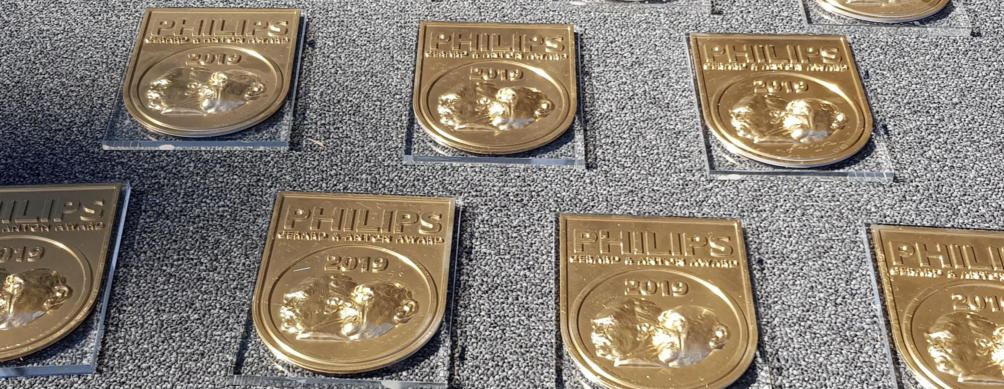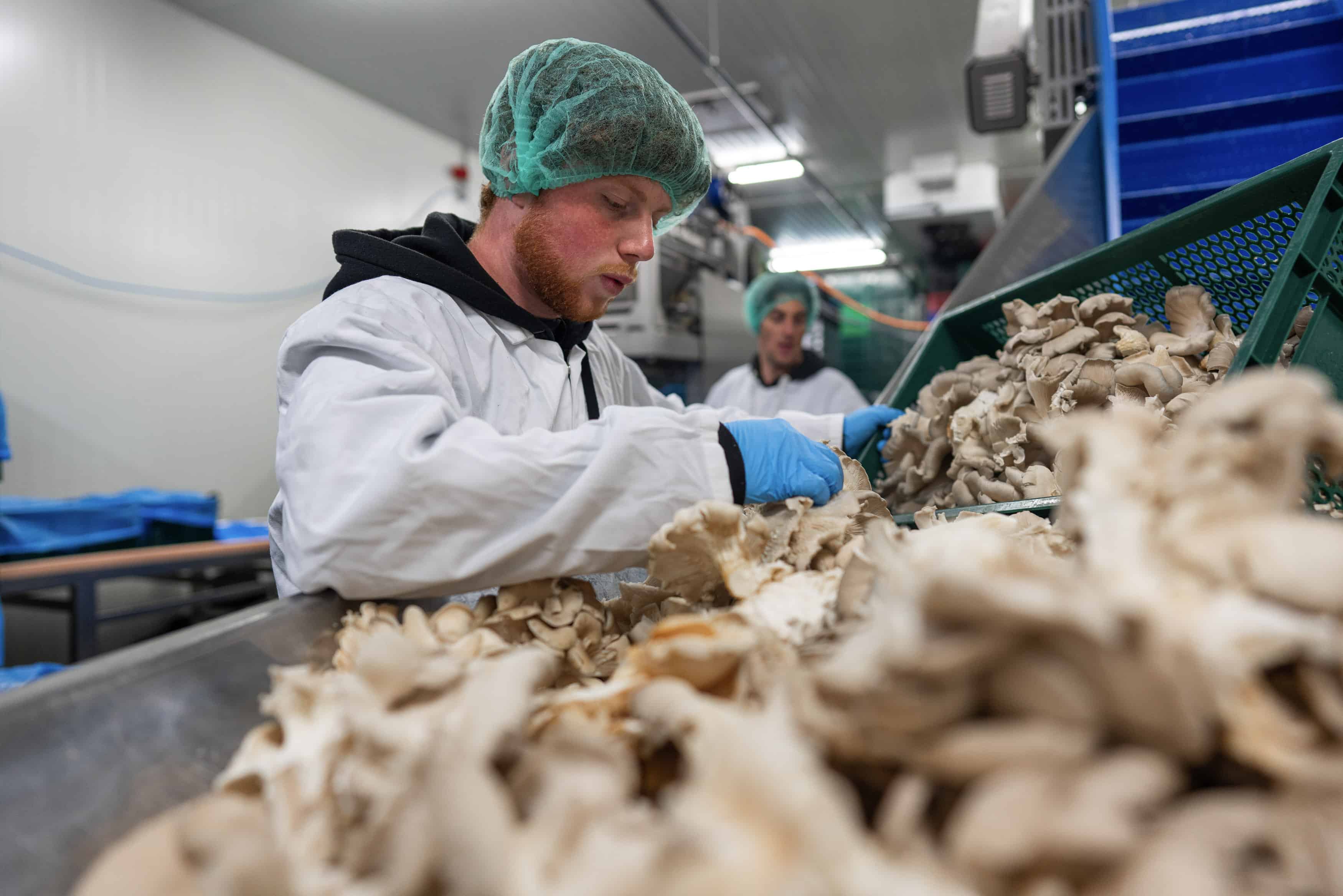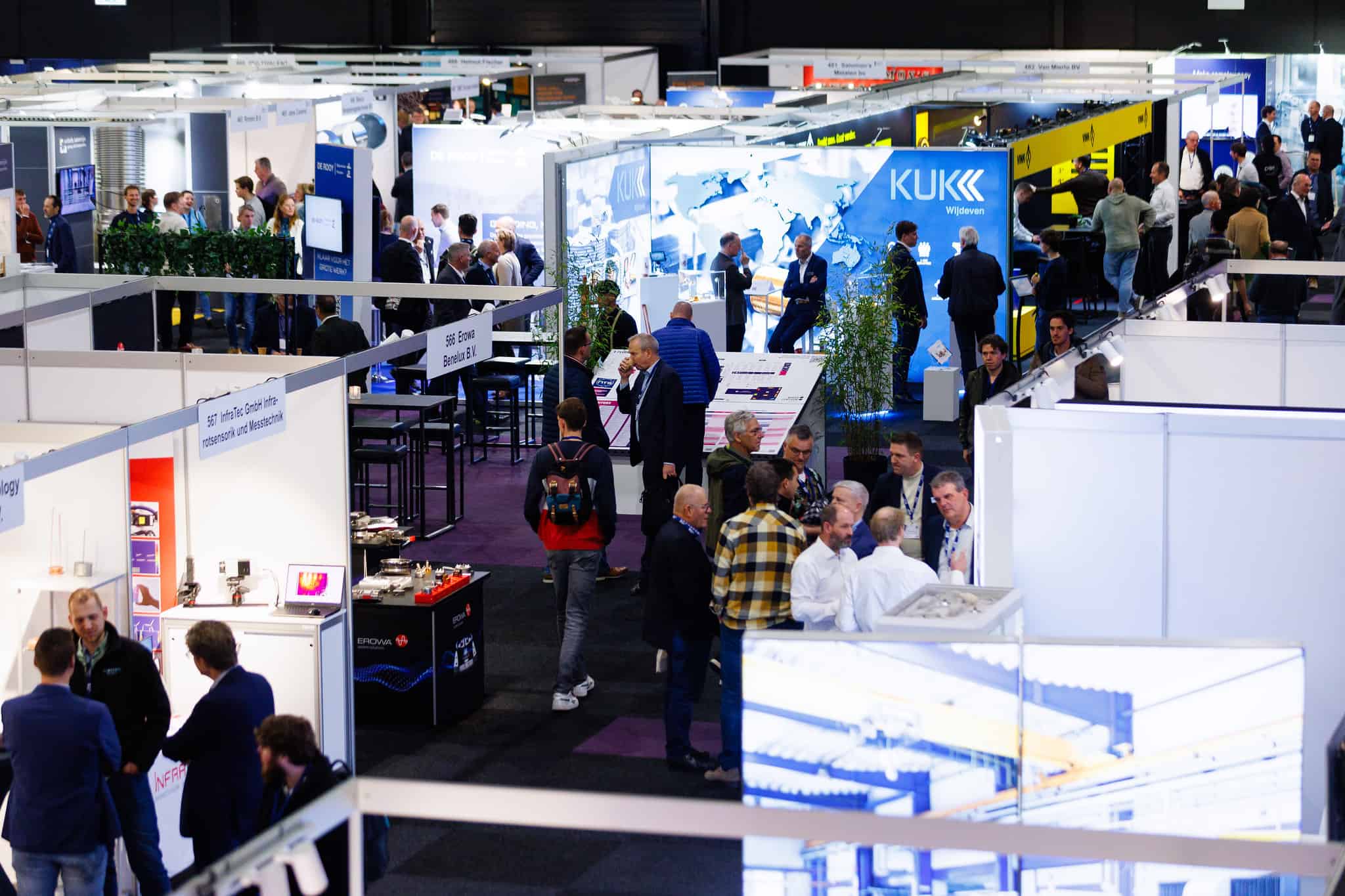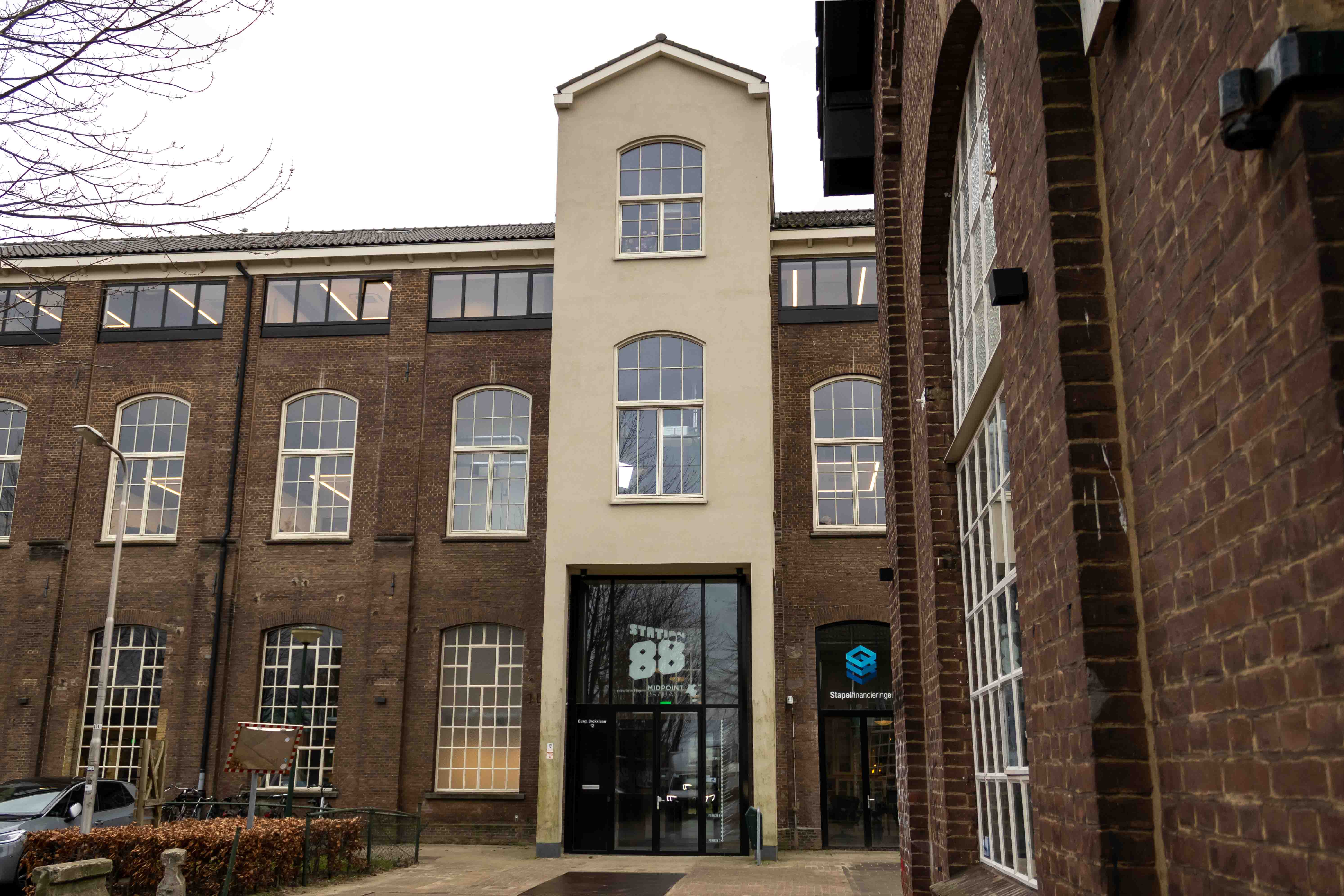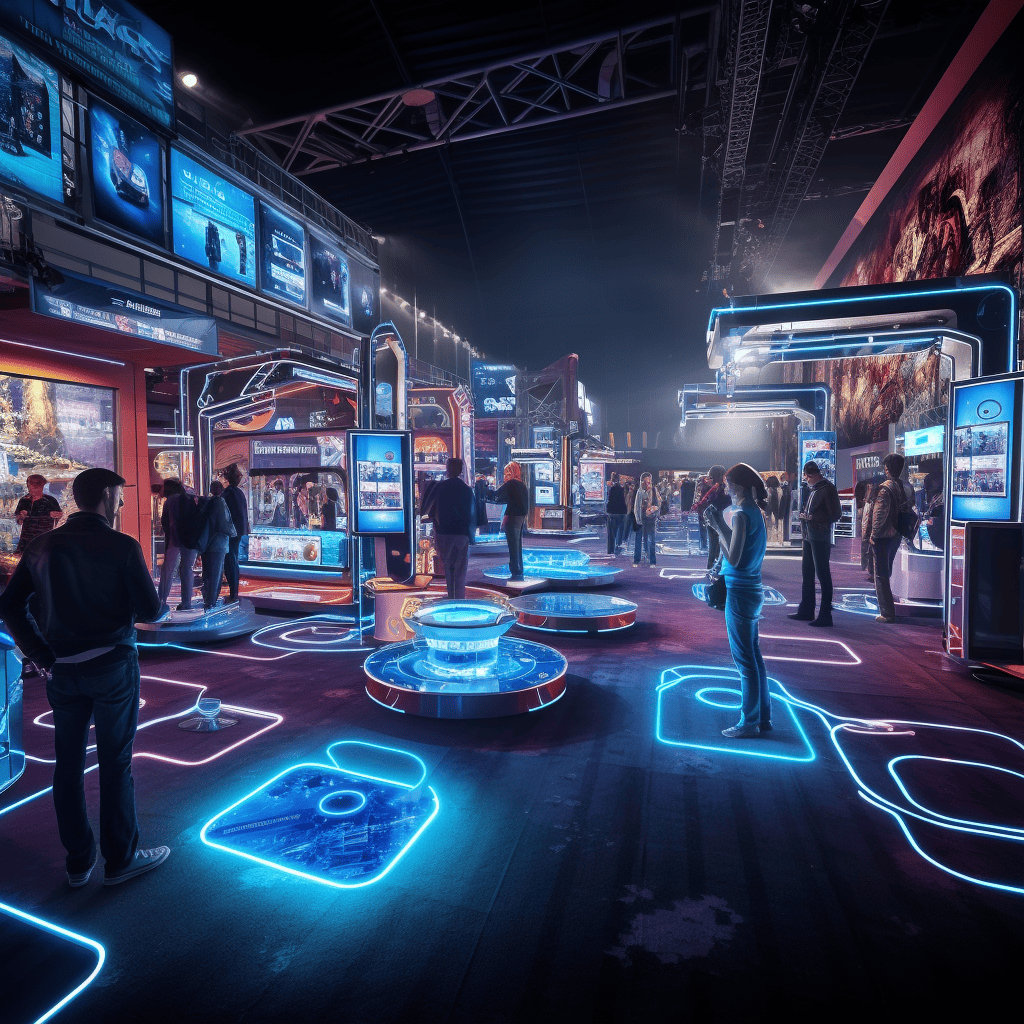
The Netherlands was very well represented at the CES, the world’s most influential tech fair and consequently the place where tech companies showcase their most innovative products and demonstrate their latest prototypes. Forty Dutch start-ups and thirty scale-ups traveled to the United States last week to present their technologies, services or products. We selected five innovative products and services that caught our eye.
1. Withings U-Scan
Fitness trackers that you wear on your wrist are something that we are all familiar with by now. Among other things, they tell you how elevated your heart rate is, how many steps you have taken and how many calories you are burning. What they do not know is whether you are eating enough vegetables and drinking enough water. The Withings U-Scan can do just that.
This tracker is not worn on a wrist but instead is embedded inside a toilet bowl and mostly resembles a medium-sized stone. It uses a type of cartridge that measures certain values on the basis of urine. The U-Scan comes initially with two types of cartridges: one for general health values, such as pH levels and ketones, and one that monitors hormone levels. This allows women to track their monthly cycle. More cartridges are set to follow later.
The U-Scan will be available on the European market later this year for a price of about 550 euros. On top of that, customers will still have to purchase a monthly subscription per cartridge.
2. Crdl
Crdl (pronounced cradle) is a homegrown innovation from the Netherlands. This smooth, wooden egg-shaped product is a healthcare device that “connects people through the use of sound and touch.” It was developed so that people with dementia, autism or intellectual or visual disabilities can communicate with their loved ones.
As soon as two people place a hand on each side of the device and touch each other, the CRDL makes a sound. The touches are registered by conductive sensors, which – like the speakers – are integrated into the design. Those sounds can take the patient back to a particular memory. Each touch creates a different sound. Fifteen sound themes are standard, although custom sounds can also be added.
Crdl is used by several healthcare organizations in the Netherlands and won a CES Innovation Award.
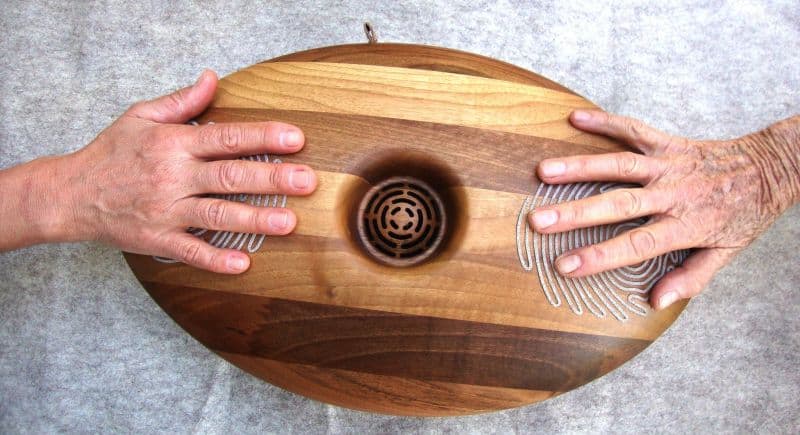
3. ‘World’s largest photonic quantum processor hails from Twente’
Quix Quantum, a spin-off from the University of Twente in the Netherlands, is developing the world’s largest photonic quantum processor. This processor outperforms today’s processors by almost a factor of two. The start-up can use this formidable computational power to help address major societal challenges in the areas of climate change, data security and drug development. Last fall, the company secured an investment to the tune of 14 million euros; the German Aerospace Center will be getting the first European quantum computer.
A quantum photonic processor can be used to manipulate light to perform calculations. These kinds of processors form the heart of a photonic quantum computer – a quantum computer that uses light particles as the basic information-carrying units. Along with MantiSpectra, Scantinel Photonics and PhotonDelta, Quix represented the Dutch photonic chip industry.
4. Automatic brakes for e-bikes from Bosch
Much is happening when it comes to electric bikes. Especially in cities, e-bikes are causing dangerous situations. Bosch also noticed this and has since developed a new generation of anti-lock braking systems for their electric bikes. The new system makes use of speed sensors in hydraulic braking equipment. These sensors measure how fast the brake discs are rotating and then determine how much braking force must be exerted to bring the bicycle and its rider to a safe stop
The brakes are more effective than traditional braking systems, especially in adverse weather conditions. Bosch is launching systems for mountain bikes, urban commuting and freight transport on the market.
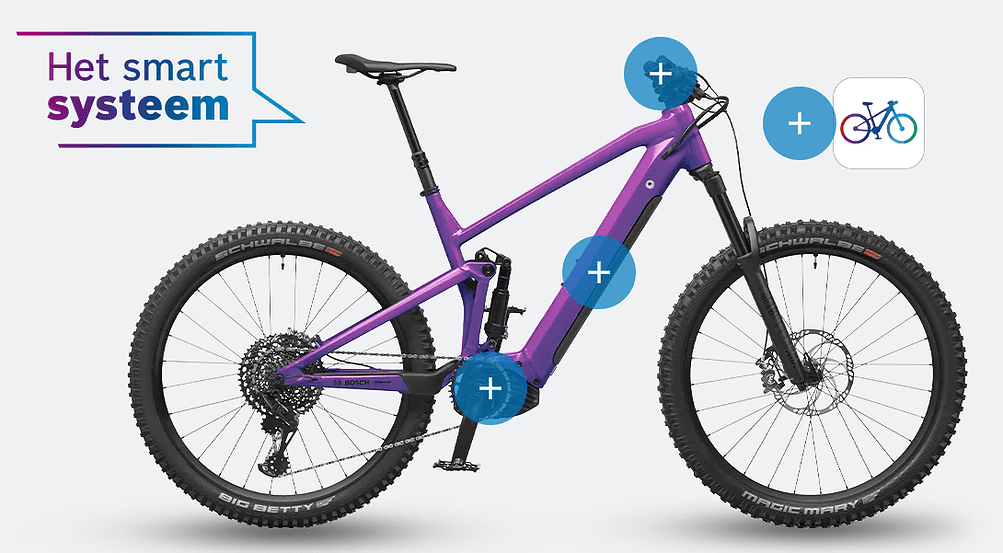
5. OneThird scanner against food waste
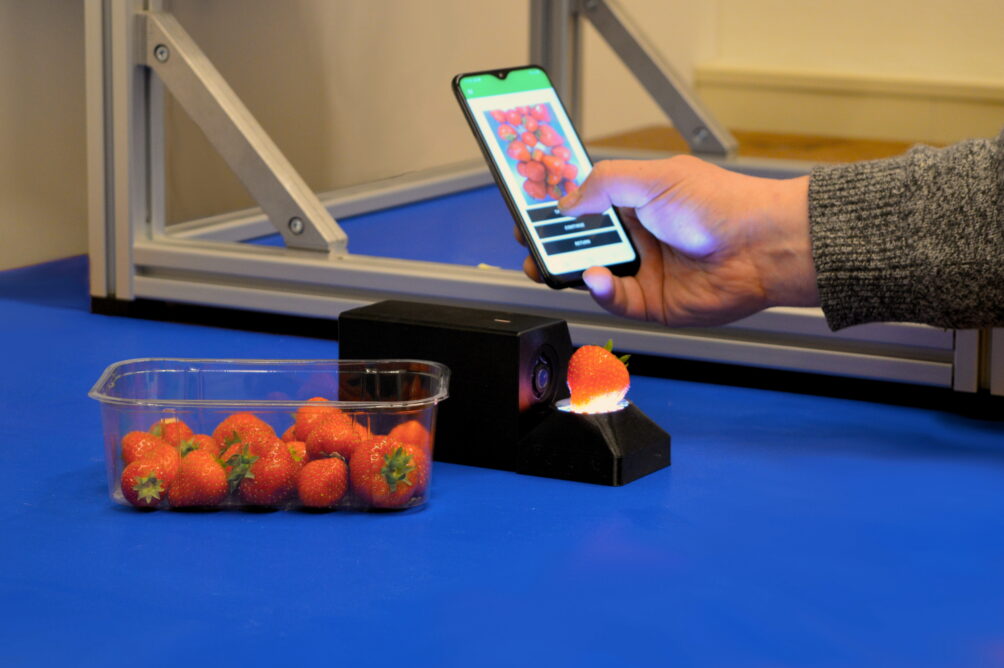
Earlier this year, Innovation Origins wrote about the monitoring system designed by Marco Snikkers. He wants to reduce food waste and has developed a scanner that can determine the ripeness of a vegetable using optical detection and AI technology.
“We send infrared radiation through fruit, for example. This produces a chemical fingerprint, which we can use to ascertain their biological status. Photos are also taken of what the outside looks like. Using the data and algorithms that this combination of information yields makes it possible to predict shelf life,” Snikkers told Innovation Origins at the time.
OneThird is in the process of expanding its databases so that the system can be deployed in practice on 10 product types by the end of 2023.
